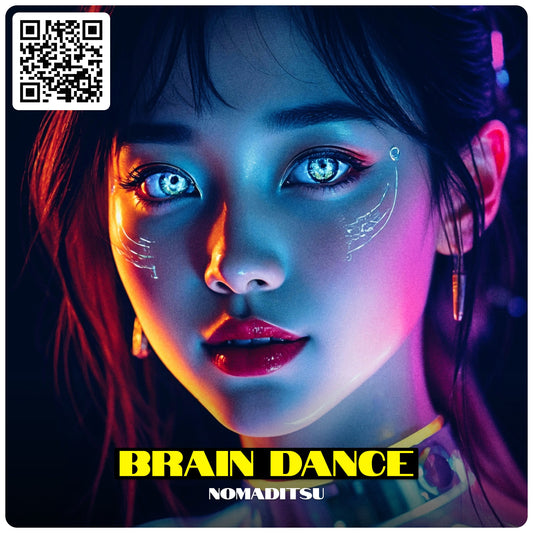
How and Why I Created Metaobjects for YouTube Videos and Songs on My Shopify Site
Ray de GuzmanManaging diverse content types like YouTube videos and music singles on my Shopify site presented unique challenges. To streamline content creation, ensure consistency, and maintain scalability, I turned to Shopify's metaobjects feature. Here's how and why I created metaobjects for my YouTube videos and songs, and how this approach transformed my content management.
The Challenge: Diverse Content, Different Needs
My site features two main content types with distinct data requirements:
- YouTube Videos: Require video embeds, transcripts, descriptions, and subscribe/watch buttons.
- Music Singles: Need song details, streaming links, cover art, and additional metadata.
Managing these varied content types manually in blog posts led to inconsistent formatting and repetitive work.
The Solution: Structured Content with Metaobjects
Metaobjects allowed me to define structured data models tailored to each content type, ensuring consistency and simplifying updates.
YouTube Video Metaobject
- Fields: YouTube embed URL, video URL, description, transcript.
- Benefits: Consistent video presentation, easy updates, and reusable components like subscribe buttons.
Music Single Metaobject
- Fields: Song title, artist name, release date, cover art, streaming links, lyrics, and production credits.
- Benefits: Structured song data, consistent layout, and scalability for future album support.
How It Works: Dual Content Approach
Each metaobject entry is linked to a corresponding blog post, combining the strengths of structured data with Shopify's native blog features like SEO, comments, and publishing workflow.
This approach enables:
- Consistent, professional layouts via custom templates.
- Unified content streams mixing videos, music, and articles.
- Easy global updates by modifying templates instead of individual posts.
Why Metaobjects Are Essential for My Site
- Scalability: Easily add new videos or songs with predefined fields.
- Consistency: Uniform presentation across all posts.
- Flexibility: Different templates for videos and music singles.
- Future-Proofing: Ready to support albums and other content types.
Conclusion
Using metaobjects for my YouTube videos and songs has transformed my Shopify site into a structured, scalable, and professional content platform. This strategy balances the power of structured data with the flexibility of Shopify's blogging system, providing the best experience for both content creators and visitors.
Interested in implementing metaobjects for your Shopify site? This approach offers a robust framework for managing diverse content types efficiently.



